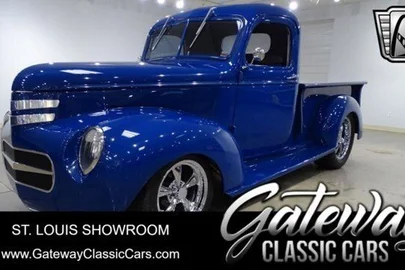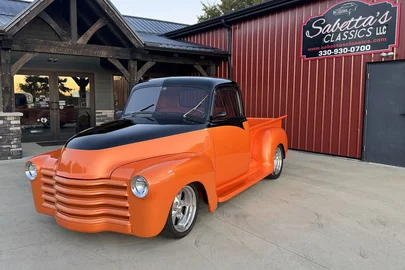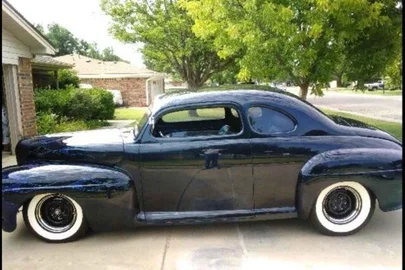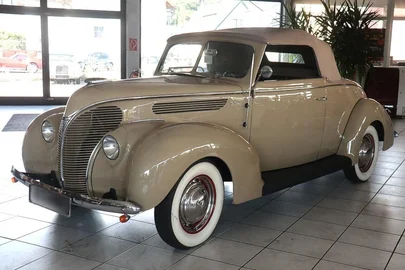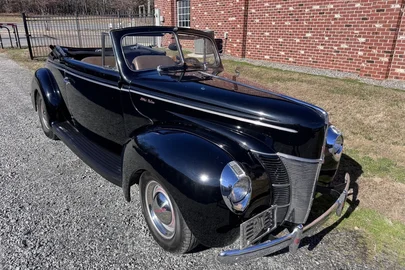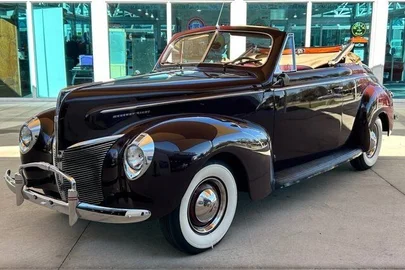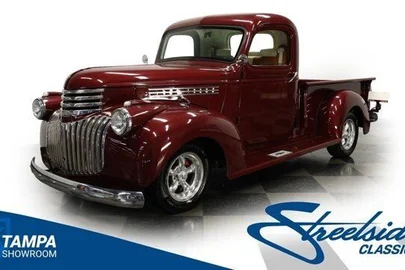
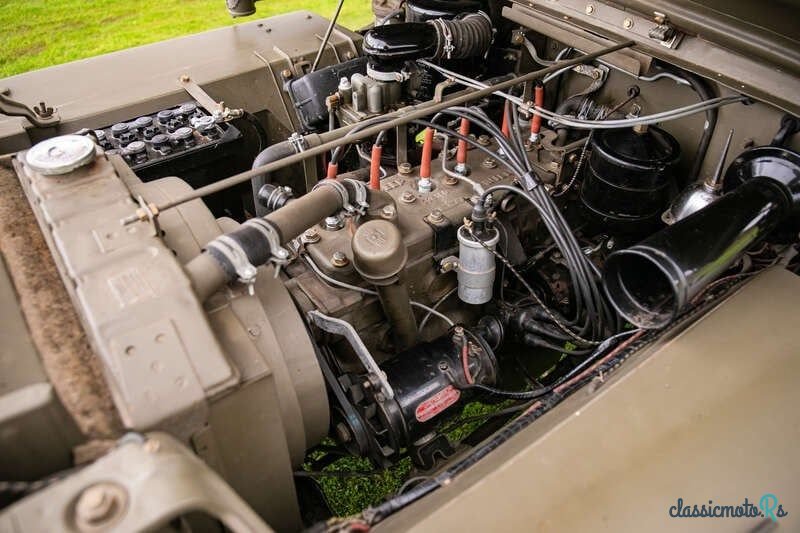
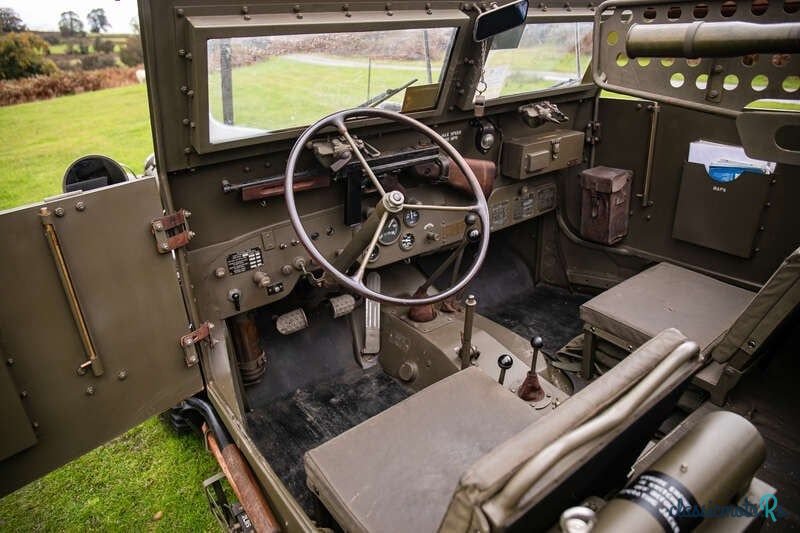
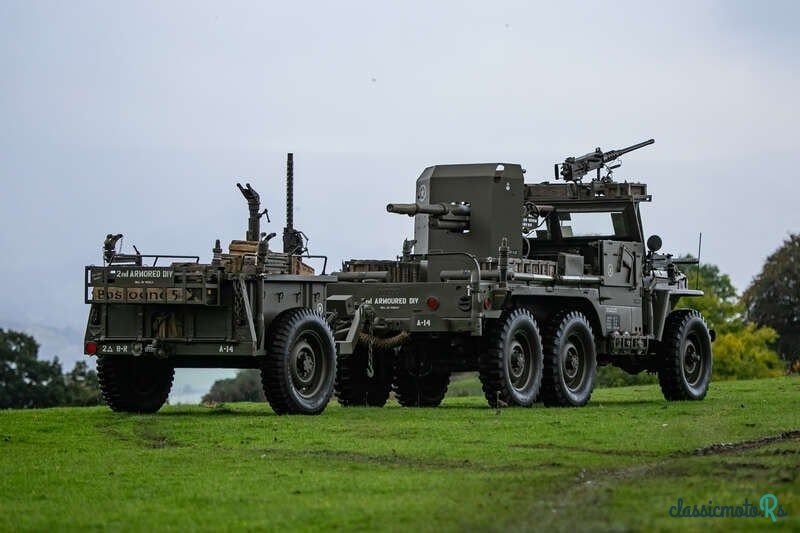
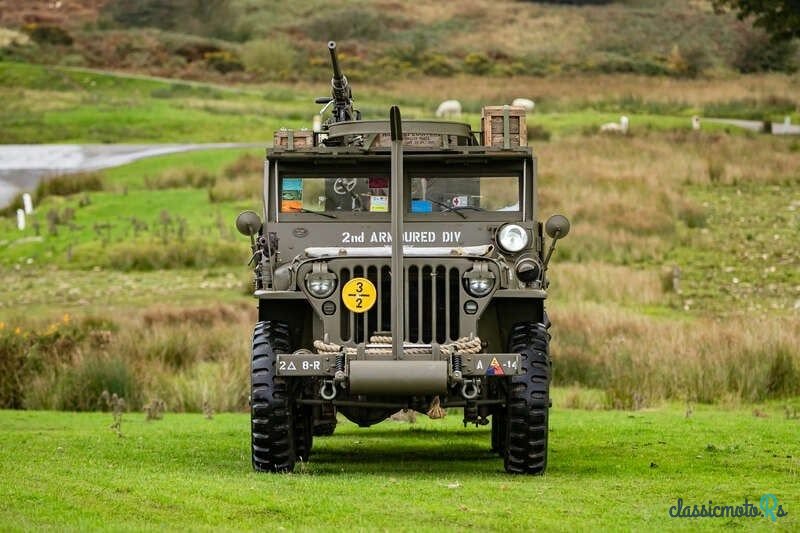
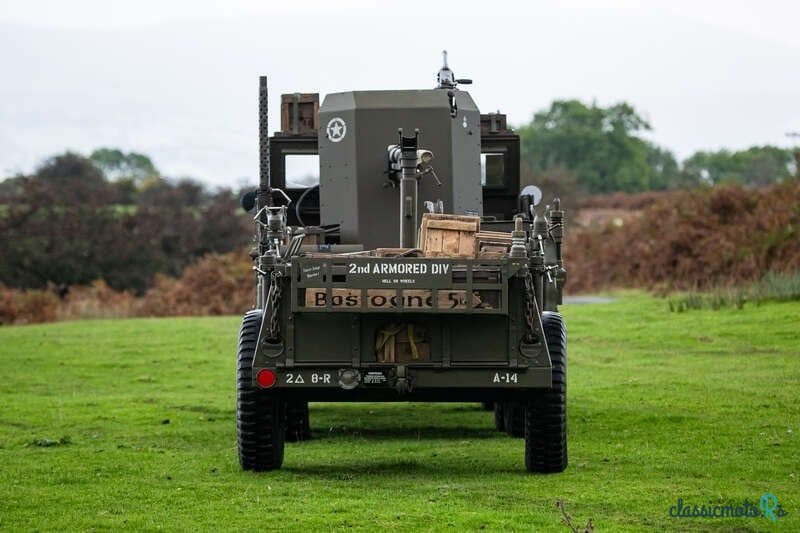
6 photos
1943' Willys Jeep
Report This Ad!Rate This!Bookmark This
£60,000Published 16 October 2024ID: PjPhbe
Expired
1 year, 2 months ago
1 year, 2 months ago
Information from the owner
Age: 81 years
Mileage: 6610 km
Seller's comments about 1943' Willys Jeep
This lot will be auctioned via Iconic Auctioneers, The Iconic Sale at the NEC Classic Motor Show 2024 - Cars on Saturday the 9th of November, NEC, Birmingham, B40 1NT. A proposal for a three-axle 6X6 jeep with a ¾ ton load capacity that came from the U. S. Quartermaster Corps, which wanted a self-propelled platform for mounting a 37mm gun, kickstarted a development programme that Willys strongly believed in. Several prototypes, designated MT were produced for the various of arms of the US Army. Compared to the Dodge and International trucks, the proposed MT would save about 2000 lbs. of steel to manufacture, as well as using about 40 percent less fuel to operate. Not only that, but it incorporated about 65 percent of a standard jeep’s existing components, while many other parts were merely modified, resulting in simplified maintenance and ease of supply and repair.Rigorous testing by the Army Transport Command of the various prototypes garnered universal praise, but the 6x6 Super Jeep was rejected. Sources claim that between 15 and 24 prototypes were built, but there is universal agreement that a mere handful remain today.Our vendor’s passion for restoring Willys Jeeps began with his first in 1984 that led to the restoration of a further 11 jeeps. Newly retired he set himself the target of building a Super Jeep in time for the 70th Anniversary celebrations in 2015. With decades of experience, our vendor started with a 1943 Willy MB base car and set to work. Starting literally from the ground up he manufactured the extended chassis using period photographs and carefully built the suspension based on the diameter of the wheels.Painstakingly fabricating virtually every component, our vendor retained the services of specialists for the wiring, engine and gearbox when required. Naturally six-wheel propulsion on a jeep was new to our vendor so he turned to the renowned WWII jeep specialists Jeffrey Engineering of Kent for the required works. With the mechanicals sorted our vendor set about accessorising the jeep, sourcing some £10, 000 worth of certified deactivated machine guns was easier than trying to obtain a 37mm anti-tank gun, so naturally, our vendor built one. Wanting to be as authentic as possible an original capstan winch was fitted to the front, whilst the large cylinder was the type used for traversing ditches. Another rarely seen accessory is the wire cutter used to combat the devastating wires strung across the road by the enemy.The attention to detail must be seen to be believed, from the hand machined hooks to the assembly of the replica mines. The ammunition boxes are believed to be period and as an anti-tank gun needs a supply of rounds our vendor built a period copy of an M8 ammunition trailer.It has been trailered to France sixteen times for commemorative events, and driven with pride in numerous parades. The history file includes the deactivation certificates for the guns, and the V5C, in our vendor’s name declares the year of manufacture as 1943, and retrospectively identifies it as a Willys 6X6 with 3-axle-rigid body wheel-plan. For those who care about the mileage, the odometer, which is just below the Thompson machine gun, shows a reading of 6, 610 miles.
